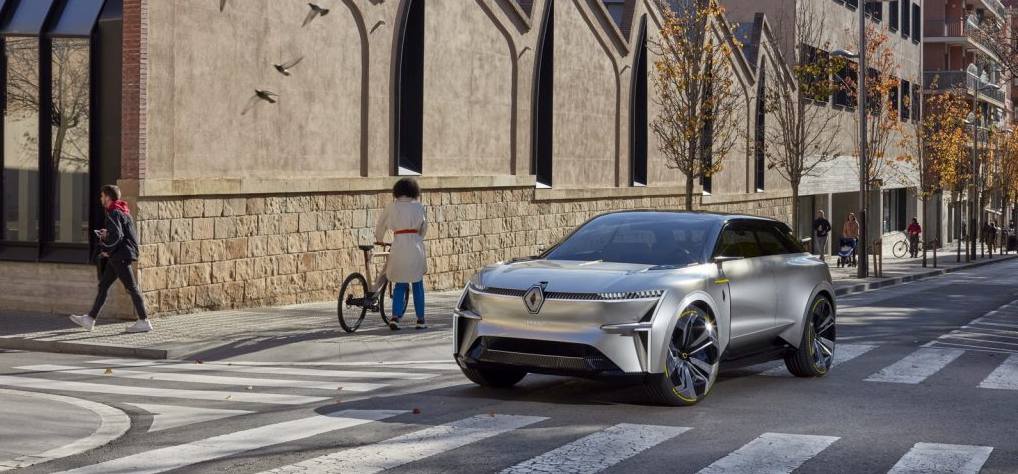In an interview with the Autonews portal, Jean-Paul Drai, director of product development in the Renault electric car program, indicated that the use of the new generation’s common platform will allow it to accelerate synergies, and reduce prices noticeably.
According to Mr. Drai, thanks to the new CMF-EV platform’s use, they will be able to reduce the development cost of the platform itself by 30%, another 30% on batteries, and 20% on electric motors. The three key elements of an electric car.
Another advance in the conventional architecture has been to achieve improvement in the charging process thanks to introducing a new thermal management of the vehicle and the battery, which will work more efficiently in different types of charging.
This will allow the new generation of electric cars from Renault and Nissan to reach the market with prices very similar to models with a combustion engine. Something that has been confirmed the Renault manager who has insisted on the objective that the brand has set itself to achieve this milestone as soon as possible.
As we remember, the new Renault electric models will be based on the modular platform CMF-EV of the Renault-Nissan-Mitsubishi Alliance. This will be possible thanks to the fact that the architecture can be adapted to different distances between axes, widths, and heights.
As with the Volkswagen MEB platform and other architectures developed exclusively for electric cars, the CMF-EV platform will be of the skate-board type (batteries on the bottom, electric motors on the axles). This will allow launching vehicles with all kinds of mechanical configurations (front-wheel drive, rear-wheel drive, all-wheel drive) and making the most of the space (trimmed overhangs, wide wheelbase, extra flat floor …).
According to Emmanuel Bouvier, Director of Sales and Marketing of Electric Vehicles and Mobility Services of the Renault Group, with the new CMF-EV platform, the firm will not enter the race to get the highest capacity batteries. Still, it will focus on achieving the best compromise between cost and autonomy through economies of scale, something due, among other things, to the forecasts that in the coming years’ subsidies for electric cars will be reduced.

